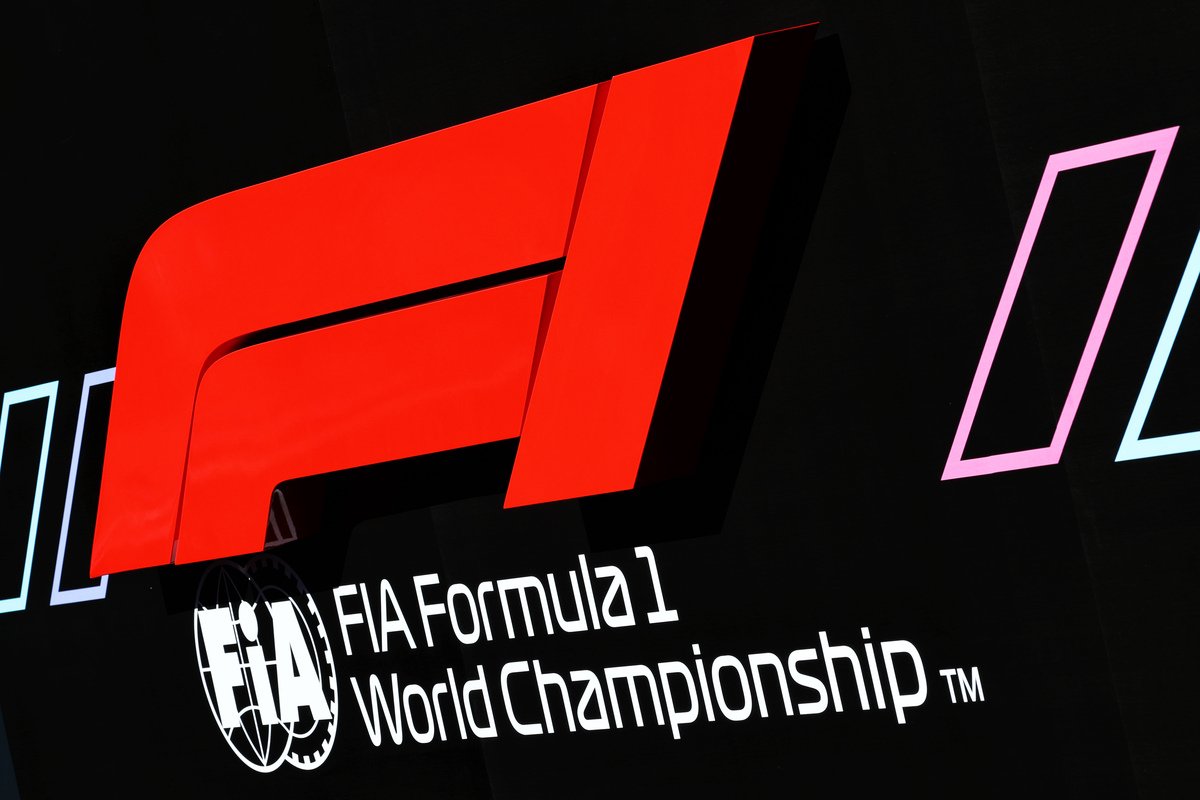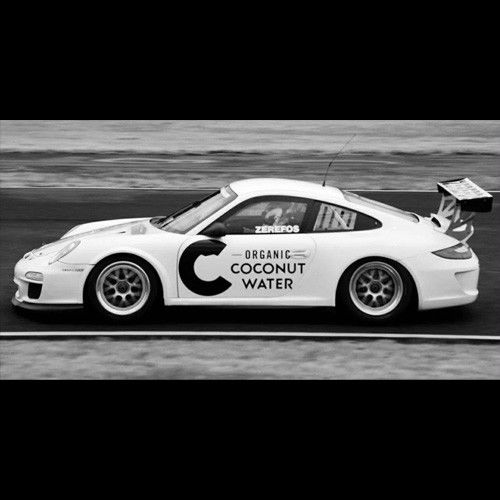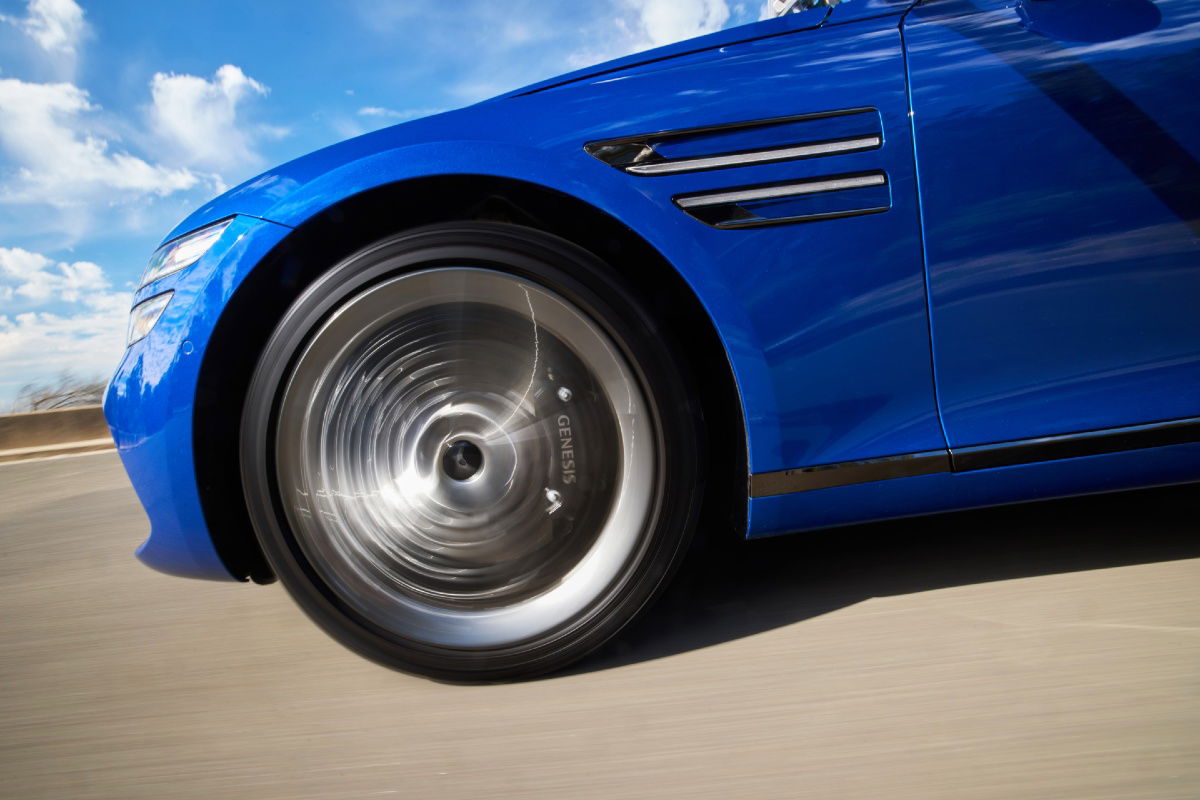

Earlier this month, Liberty Media announced that it had finalised a deal worth AUD $6.9 billion to purchase MotoGP.
This would see Liberty Media take an 86 percent share in the business with the current management maintaining a 14 percent interest.
A crucial line was buried at the bottom of the announcement: “The acquisition is expected to be completed by year-end 2024 and is subject to the receipt of clearances and approvals by competition and foreign investment law authorities in various jurisdictions.”
In essence, financial regulators must approve the deal before Liberty Media can actually acquire MotoGP – for the moment, it is only an intent.
F1 and MotoGP have been in this position before.
In 2006, CVC Capital Partners, which purchased Dorna in 1998, purchased the commercial rights to Formula 1.
Back then, the European Commission ruled that the same entity could not own the pinnacle motorsport competitions on both two- and four-wheels, and mandated it divest Dorna Promocion del Deprte (MotoGP).
CVC had purchased the business from Baco Banesto for £45 million and sold it to private equity firm Bridgeport for a purported £344 million.
Liberty Media completed its acquisition of the rights to Formula 1 from CVC in January 2017 in a deal worth USD $8 billion.
Since then, the championship has enjoyed a surge in popularity, driven by the Netflix docuseries Drive to Survive and a reassessment of social media limitations.
It has increased the number of races and signed several long-term deals that offer the business security over the medium term.
That process has been ongoing for some time in a move that reflects a risk-averse appetite to solidify the operation, exactly the behaviour one would expect to prepare a business for sale.
Suggestions that F1 has been on the market have circulated for some time, refuted by those at Liberty Media, which is unsurprising—the best way to drive down value is to admit you’re in the market to sell.
There are no easy means to increase revenue: it’s nearly impossible to add more races than the 24 it currently has scheduled, meaning promoter and hospitality income has a natural cap.
Furthermore, sources have suggested that television audience growth is slowing, and there is concern that Red Bull Racing and Max Verstappen will continue to dominate for the foreseeable future. Drive to Survive has seen lower numbers, with Season 6, down over 20 percent year-on-year.
That combines to create a softer advertising market, placing greater importance on other revenue streams that are effectively capped.
At the start of 2023, there were suggestions the Saudi Arabian PIF had attempted to purchase F1 for $20 billion. That was rejected.
Some said that the valuation was inflated. However, share prices at the time suggested the offer undervalued the business by as much as $8 billion.
Even at the conservative end of those figures, it marks a $12 billion return in little over six years.
It begs the question: Can the Formula 1 business grow meaningfully in the coming years? Would Liberty Media be better off selling its interest in Formula 1 and recreating that value-add with MotoGP?
The regulatory process is key as it is there that the CVC deal effectively fell apart – had it not sold MotoGP.
Greg Maffei, president and CEO of Liberty Media, argues the situation now is different.
“I remember speaking to the CVC management. They were under a tight timeframe to get a deal done on buying F1,” Maffei reasoned.
“They did not have the time to go and work through the regulatory process.
“They were a PE (private equity) firm which had a big gain in one product, and they were moving on to buy the other when they had a contract they had to execute on.
“We’re in a very different position. We are absolutely aligned as a group into a changed market. We’re not under the same sort of time pressures. We believe that the regulatory process will move smoothly and quickly but they’ll take the time they need and the deal will get done.
“We are very confident we will get this through regulations because we believe there is a broad market for sports and entertainment properties of which both Formula 1 and MotoGP are only a small subset and the market has continued to change from the time from when this was previously reviewed in a major way,” he added.
“We are going to not treat these as a bundle; we are not trying to bring them together to market. These are both separate properties.
“The things we bring to the table here are not in any way leveraging the two. I think it’s pattern recognition and leveraging some of the learnings we’ve had from F1 and some of the opportunities we see to expose MotoGP – not in any way to leverage the two. So I think we’re very confident in the regulatory side.”
Renee Wilm, Liberty Media’s head of legal (among other responsibilities, including running the Las Vegas Grand Prix), added: “The CVC decision, which is almost 20 years old, was never really followed up on in terms of any kind of in-depth investigation or appeal process – they chose to just quickly close and move on.
“So I think when you factor in that we are going to engage very quickly with the regulators, making all the points that Greg just very clearly articulated, and also just noting the changes in the media landscape over the last 20 years, we’re pretty confident we can get this done quickly and get the transaction cleared.
“We will be filing with the EU. We’ll also be filing with UK, Brazil, and Australia for anti-trust clearance.
“Secondarily, we will be making an FDI (foreign direct investment) filing for Spain and Italy, thinking those should be done pretty quickly and the anti-trust clearance should be obtained by the end of the year.”
Liberty Media has structured the business with MotoGP as part of the Formula One Group, the organisation within which oversees F1, Quint, and a number of other assets – including a 30 percent stake in IndyCar team Meyer Shank Racing.
That structure would create a scenario where the commercial rights for the two largest motorsport categories on the planet sit side-by-side within the structure of a common owner.
Of the 86 percent stake of Dorna that Liberty plans to acquire, the equity consideration is expected to be approximately 65 percent cash and 21 percent in shares of Series C Liberty Formula One common stock.
While independent, stock from one will be used in the purchasing of the other. That is part of what regulators in multiple markets will assess before the transaction is permitted to close.
Regulators will also examine the impact of an effective motorsport monopoly and what that means for other players in that space, including advertisers and promoters. While dismissed as a trivial component in a broader deal, it is the most critical aspect as, without the regulator giving the green light, the deal is dead in the water.
Hence, Liberty is working to satisfy antitrust requirements by emphasizing the independence and autonomy of both F1 and MotoGP—a point that makes shared weekends an impossible pipedream.
Regardless of Maffei’s confidence, there is potential for that decision not to favour Liberty. In that case, a sale of F1 makes sense.






















Discussion about this post